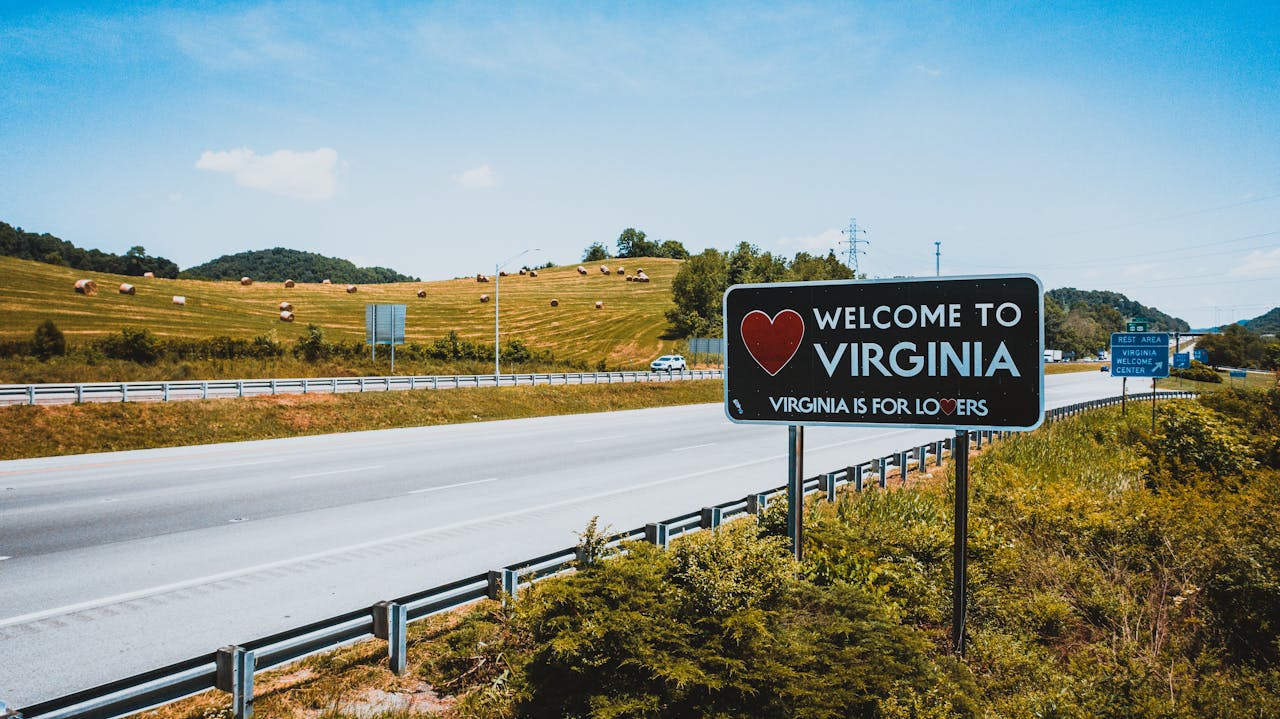After 1865, newly freed families built towns with schools, farms, and businesses they owned. These places proved that planning, land, and voting rights could change lives. Many secured charters by the 1880s. Some later faced floods, drought, or highway cuts. Yet records, churches, and cemeteries still tell their story. You will see dates like 1877 in Kansas and 1908 in California. Visiting today means museum hours, park rules, and respect for residents. Walk lightly. Read signs. Ask before photos. These communities protect a history made by courage and steady work.
1. Nicodemus, Kansas
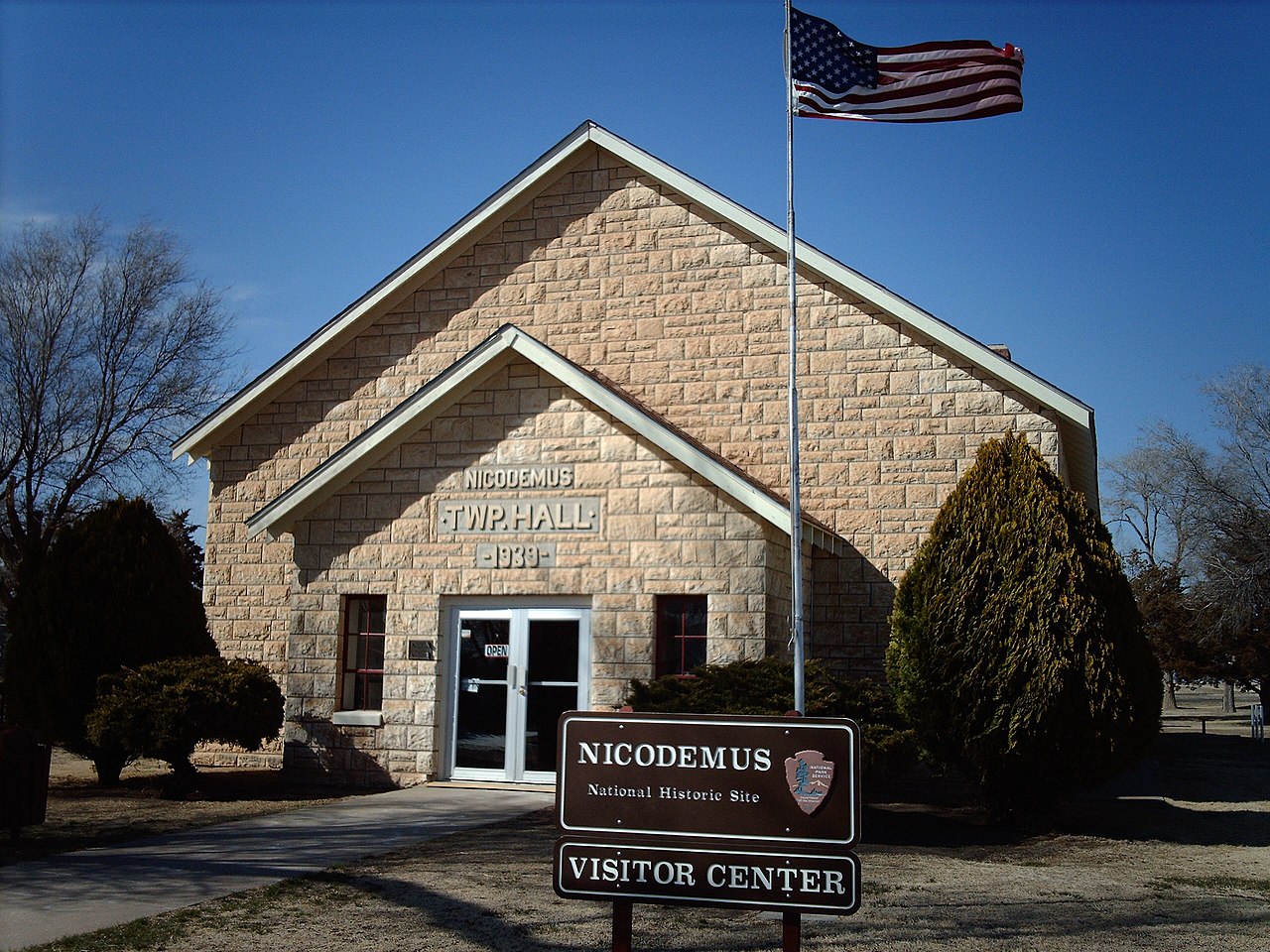
Founded in 1877 by Exodusters from Kentucky, Nicodemus sits on the High Plains near the Solomon River. The town gained a post office in 1877 and a school within a year. By 1887, census counts listed several hundred residents, plus a hotel and two newspapers. Drought and a missed railroad kept growth small. In 1996, Congress created the Nicodemus National Historic Site. Visitors can tour five key buildings. Summer heat tops 90°F, so carry water and stay on marked walks to protect fragile prairie soil around the historic blocks.
2. Mound Bayou, Mississippi
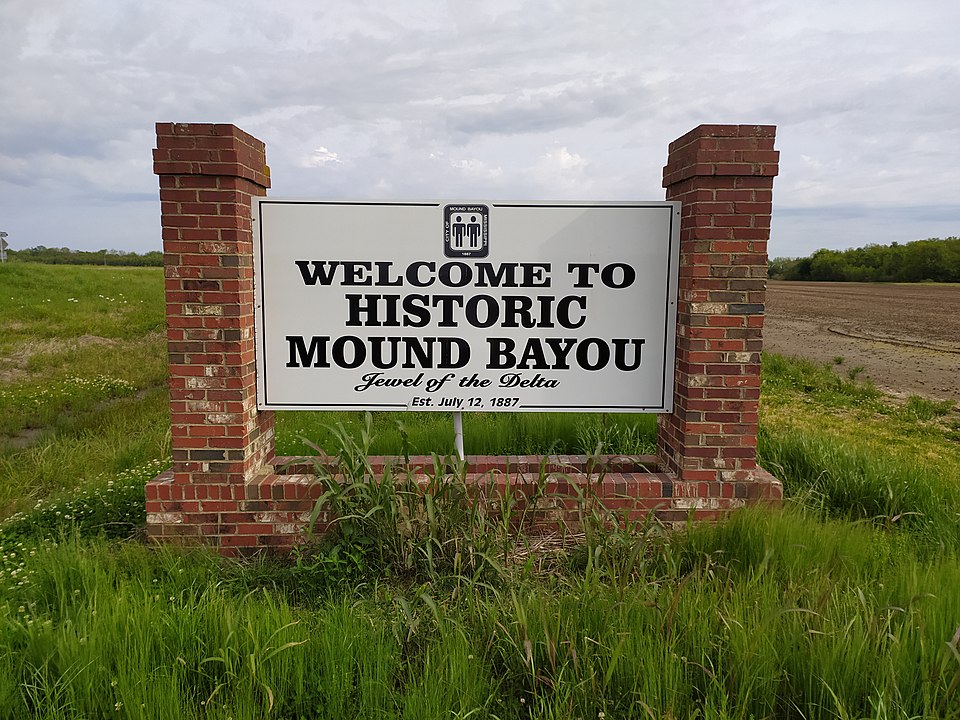
Established in 1887 by Isaiah T. Montgomery and Benjamin Green, Mound Bayou became a self-governed Delta town. Businesses lined Green Street by 1900. The Taborian Hospital opened in 1942 with 42 beds, a rare facility serving Black patients. Trains on the Yazoo line once moved cotton bales by the carload. Civil rights organizers met here in the 1960s. Today, markers outline founders, schools, and clubs. Be respectful near churches during services. Summer humidity is high, so plan morning visits and follow local traffic rules along narrow neighborhood lanes.
3. Allensworth, California
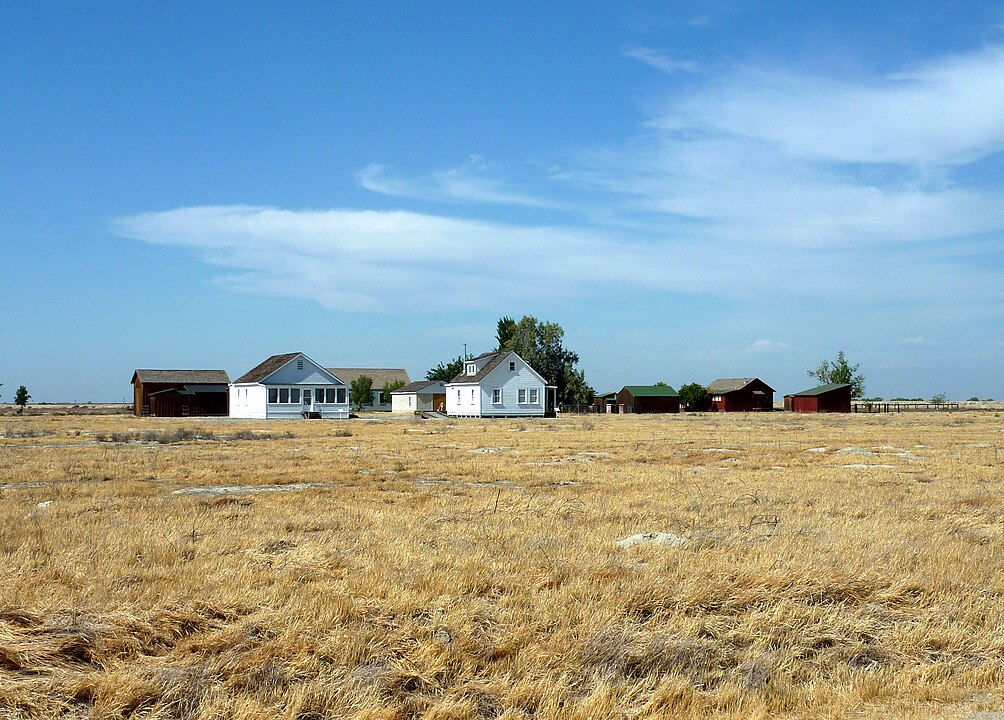
Colonel Allen Allensworth and partners founded this Tulare County town in 1908. It included a library, school, and the Allensworth Hotel by 1911. Water rights and rail schedules hurt growth, but the community endured. California created Colonel Allensworth State Historic Park in 1974. Restored buildings now host Ranger-led tours and annual Founder’s Day events. The park lists quiet hours, picnic rules, and no-collecting policies to protect artifacts. Bring sun hats for 100°F days and watch for posted closures when the nearby canal system is under repair or during controlled burns.
4. Eatonville, Florida
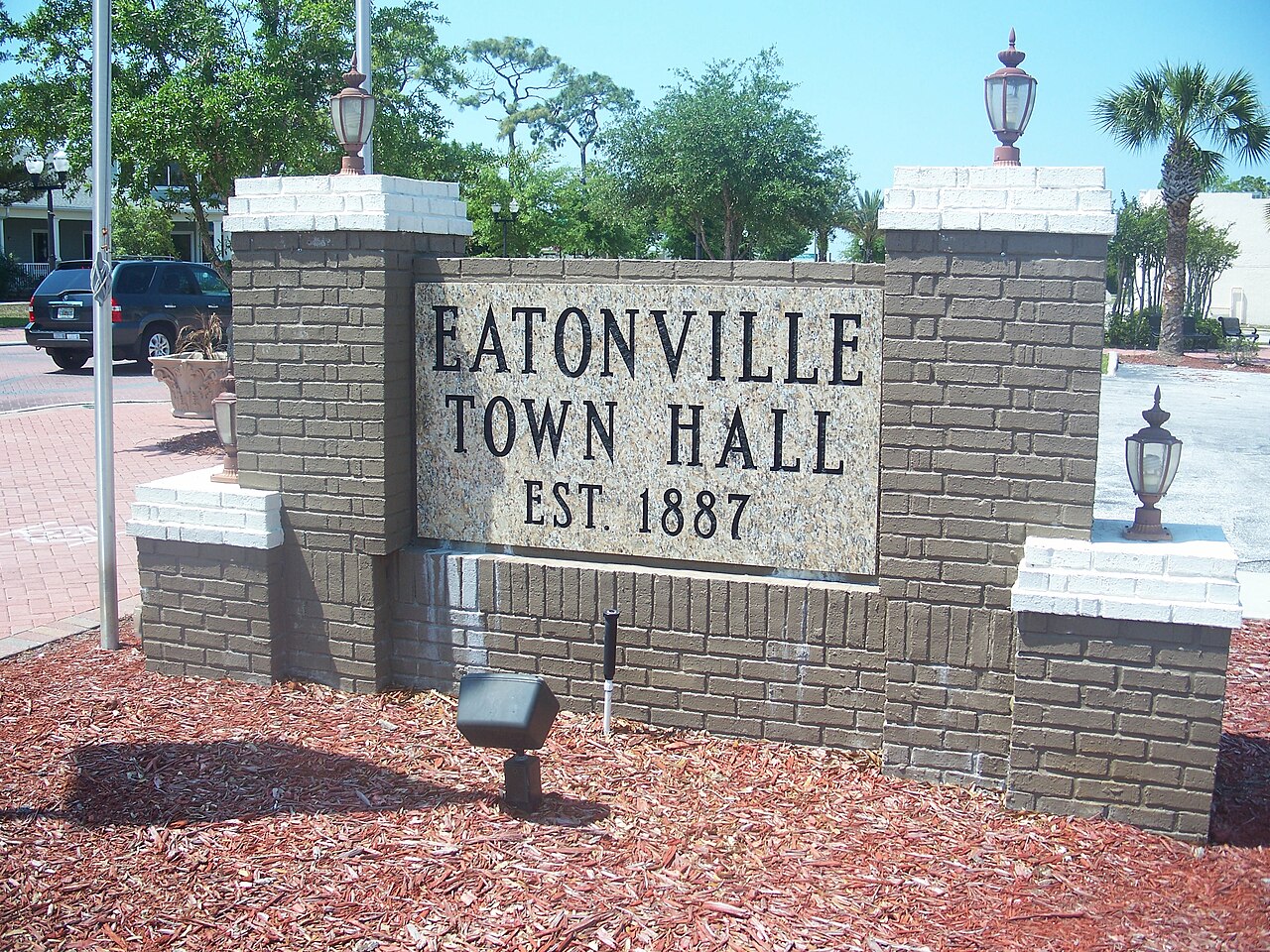
Incorporated in 1887, Eatonville is among the first self-governed Black towns in the United States. Writer Zora Neale Hurston attended school here, and the town anchors the ZORA! Festival each January. By 1920, census tables showed steady growth along East Kennedy Boulevard. Heritage markers map churches and early homes. Visit museums during posted hours and use crosswalks on Kennedy and Washington. Afternoon storms arrive fast from June through September. Carry a light rain jacket, and do not block driveways when photographing historic houses on residential streets.
5. Princeville, North Carolina
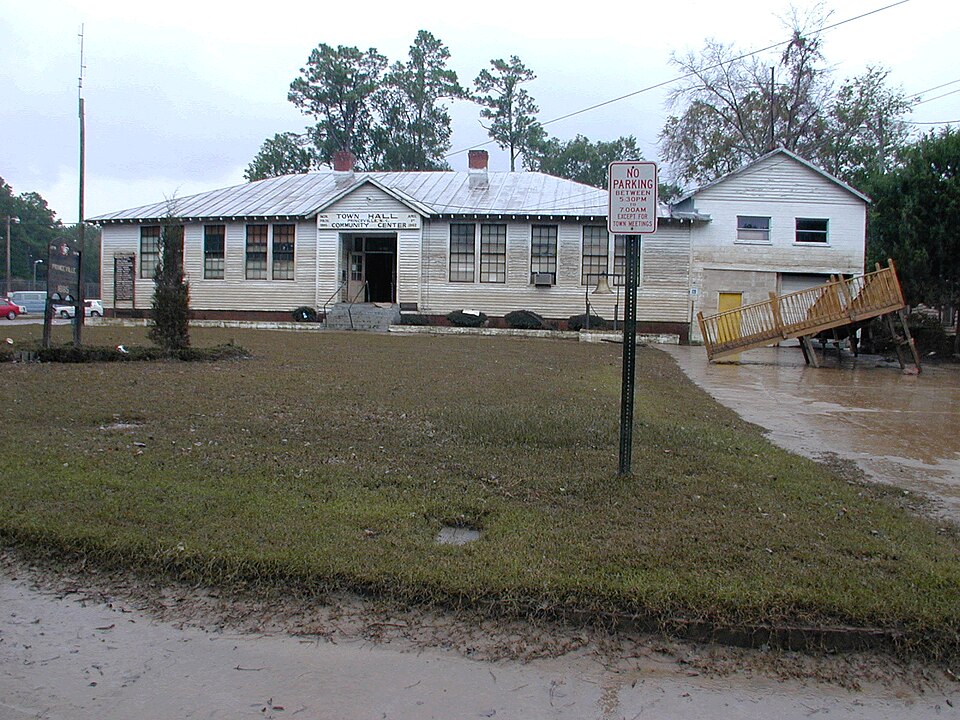
Settled after 1865 as Freedom Hill and incorporated in 1885, Princeville stands on the Tar River floodplain. Residents built schools, stores, and a town hall by the 1890s. Hurricanes Floyd in 1999 and Matthew in 2016 caused deep flooding, yet the town rebuilt. Today, exhibits explain levees, elevations in feet, and home-raising programs. When visiting, heed river warnings and detours. Never enter closed zones after heavy rain. The Heritage Trail shares dates and names. Local cemeteries require quiet respect and no rubbings to protect fragile stones.
6. Boley, Oklahoma
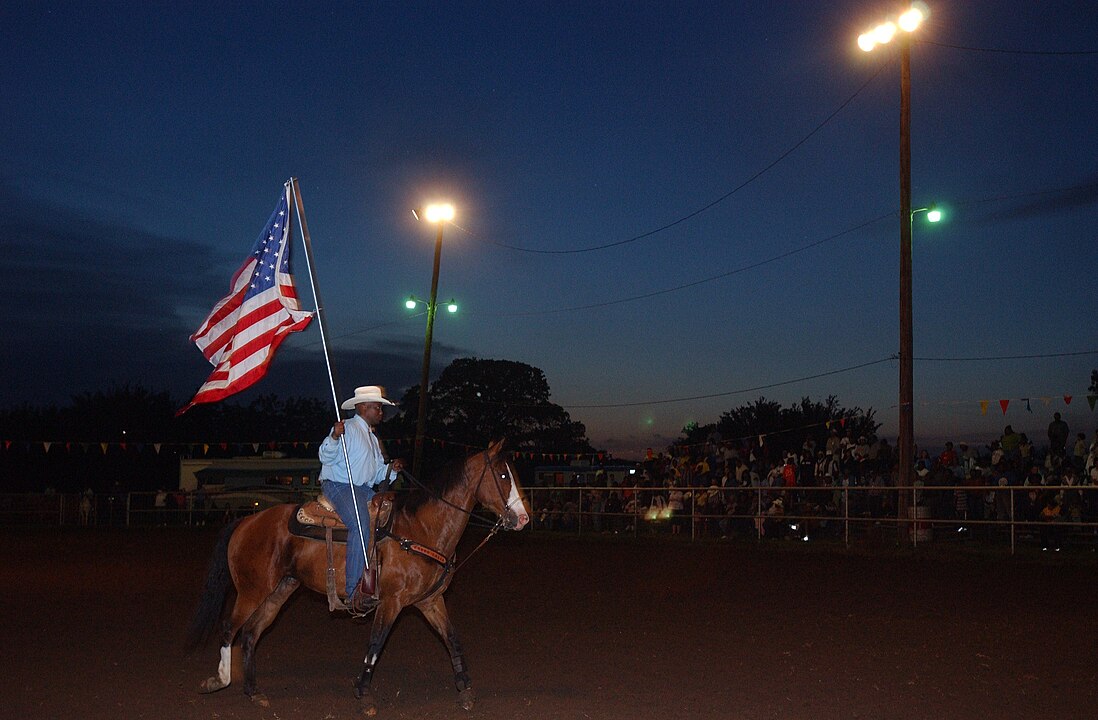
Founded in 1903 within Creek Nation lands, Boley quickly added banks, shops, and a power plant. The Farmers and Merchants Bank opened in 1908 and served Black ranchers and merchants. Boley’s Memorial Day Rodeo, running since 1903, remains one of the oldest Black rodeos. Crowds pack the arena for barrel racing and roping events. Follow event rules on seating and livestock gates. Streets close during parades, so arrive early. Summer highs near 90°F suggest hats and water. Historic storefronts along Pecan Street show early 20th century brickwork.
7. Langston, Oklahoma
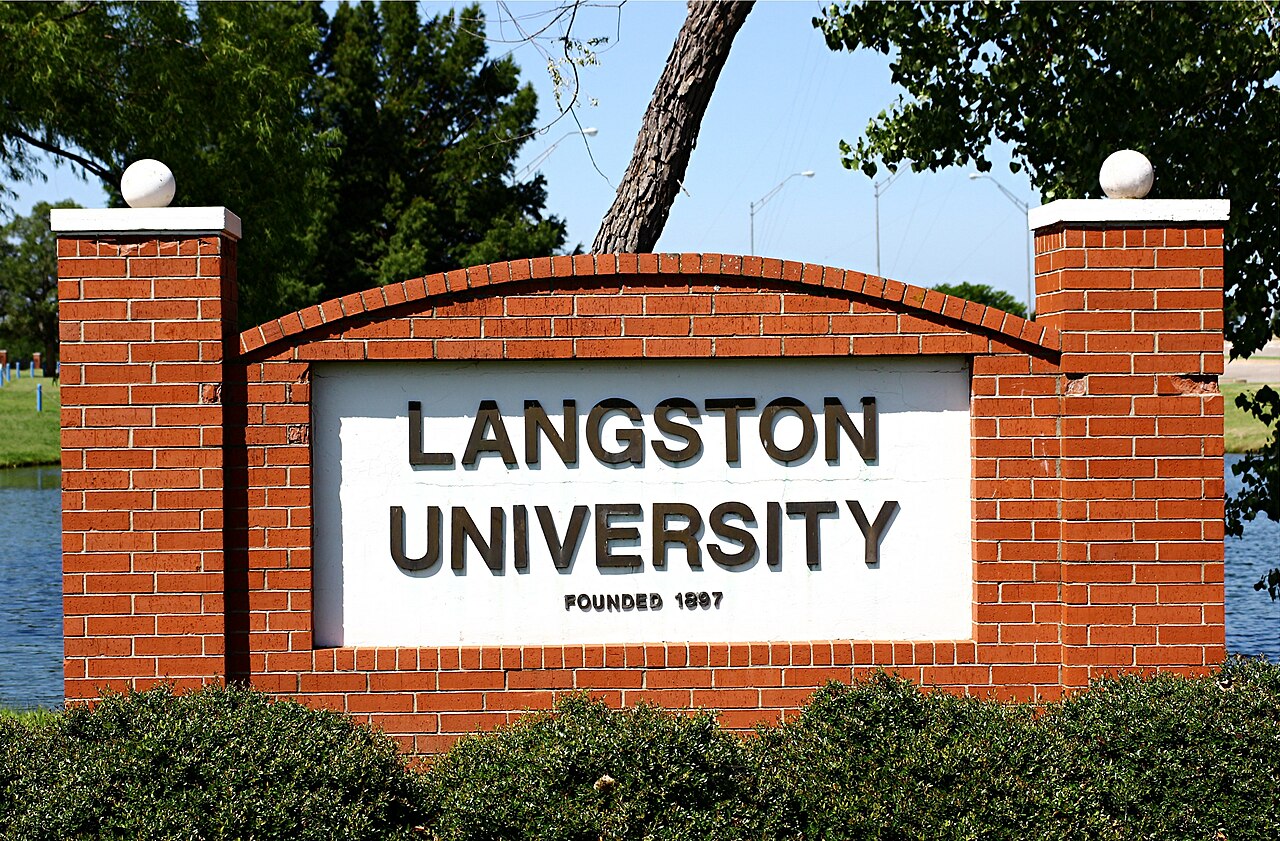
Platted in 1890 and named for John Mercer Langston, the town became a hub for education. The Territorial Legislature created the Colored Agricultural and Normal University in 1897, now Langston University. Early city blocks held hotels, a press, and fraternal halls. Students still shape the economy each semester. Campus tours post start times and parking lots by number. Drive slowly along Main Street in class hours. The town museum preserves photographs dated by year and building. Respect private residences while photographing porches and painted signs around the original grid.
8. Hobson City, Alabama
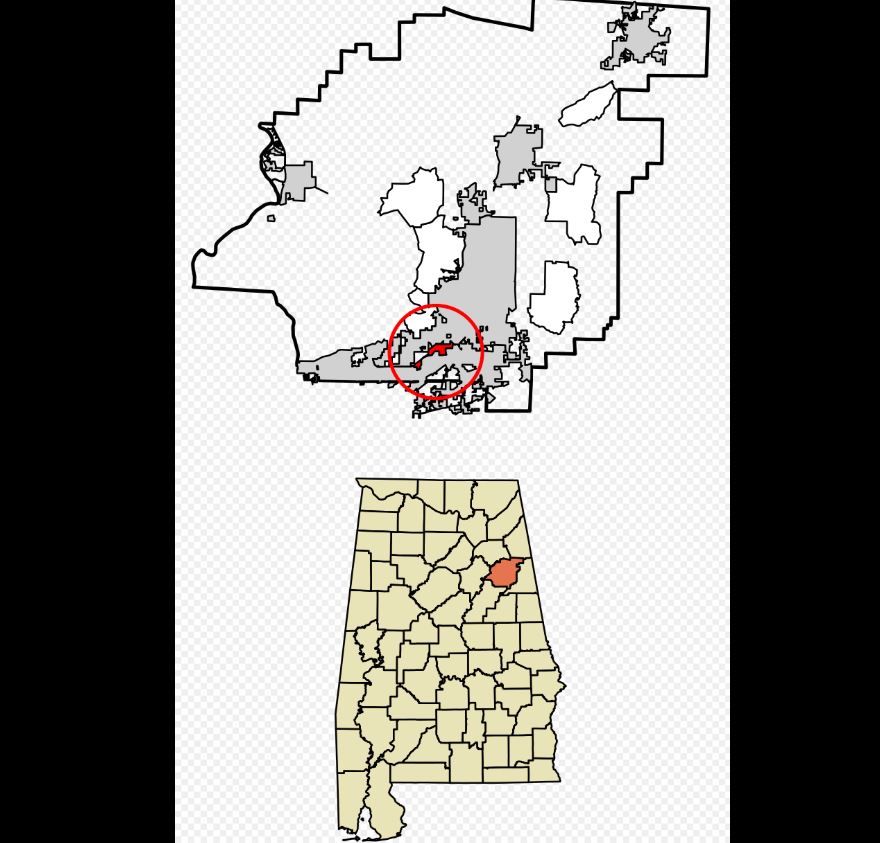
Incorporated in 1899 near Anniston, Hobson City formed when Black residents organized after losing local voting power. The city government funded a school by the early 1900s and hosted civic clubs that tracked membership in neat ledgers. Midcentury highways cut nearby routes, but the town kept its charter. Today, the mayor’s office displays timelines and early council minutes. Use posted visitor parking and avoid blocking emergency lanes. Summer afternoons often hit 90°F with high humidity, so bring water and plan indoor stops during peak heat.
9. Dearfield, Colorado
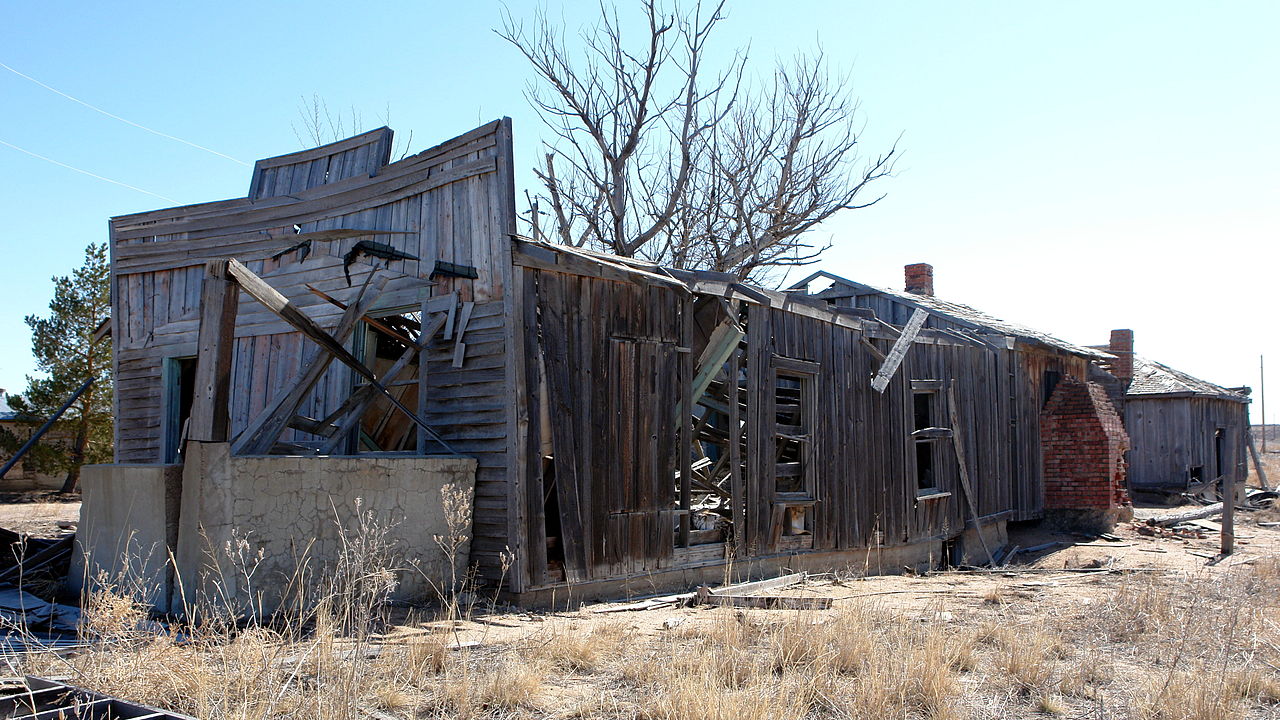
Founded in 1910 by Oliver Toussaint Jackson on Colorado’s plains, Dearfield promoted farming at elevations near 5,000 feet. By the early 1920s, records show about 300 residents, plus a lunchroom and dance hall on weekends. Drought and the 1930s Dust Bowl drained farms, and many families left. Surviving buildings and a cemetery remain on County Road 25. The site is fragile, with nails, glass, and uneven floors. Stay outside fenced areas, photograph from a distance, and watch for rattlesnakes in warm months on the shortgrass prairie.

